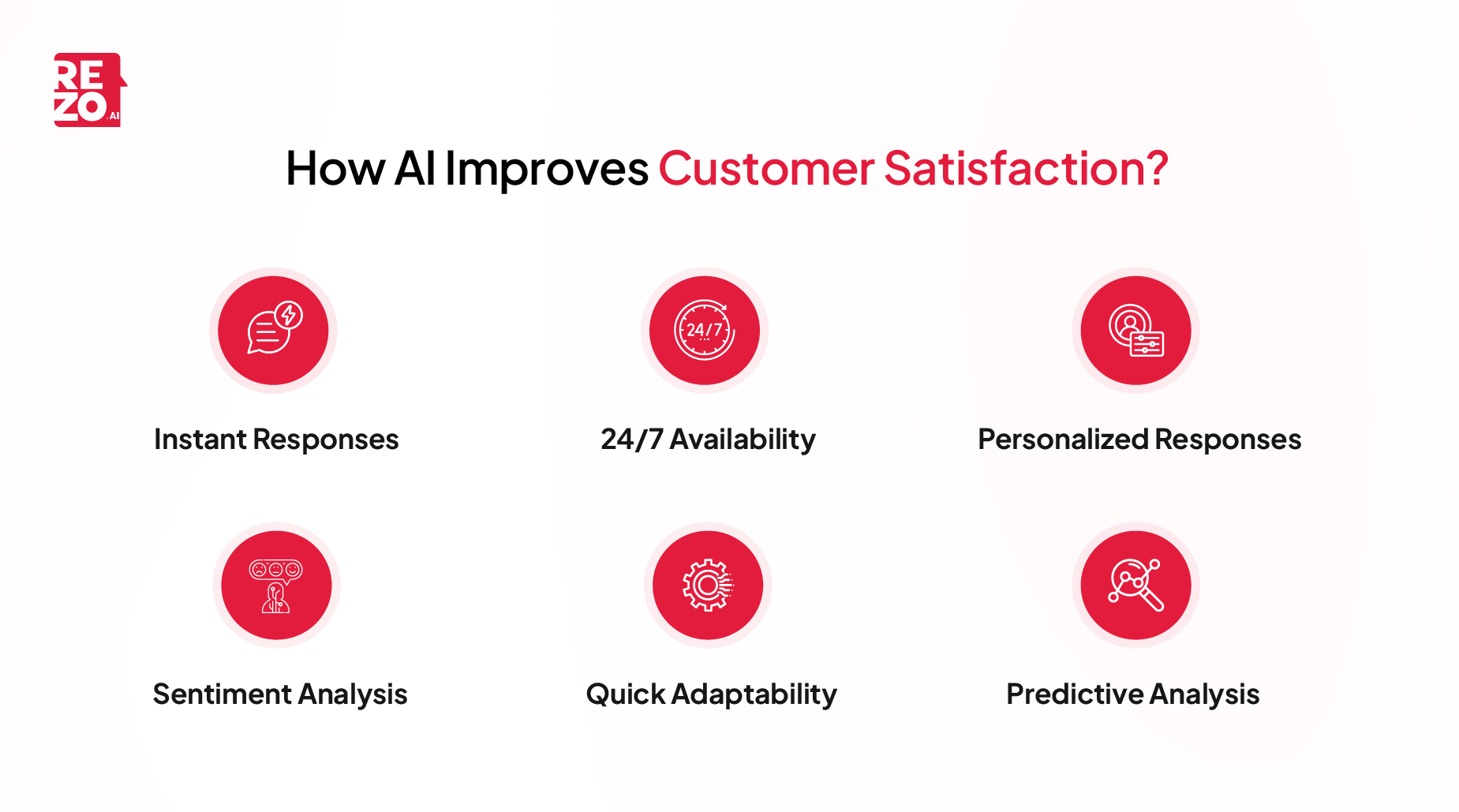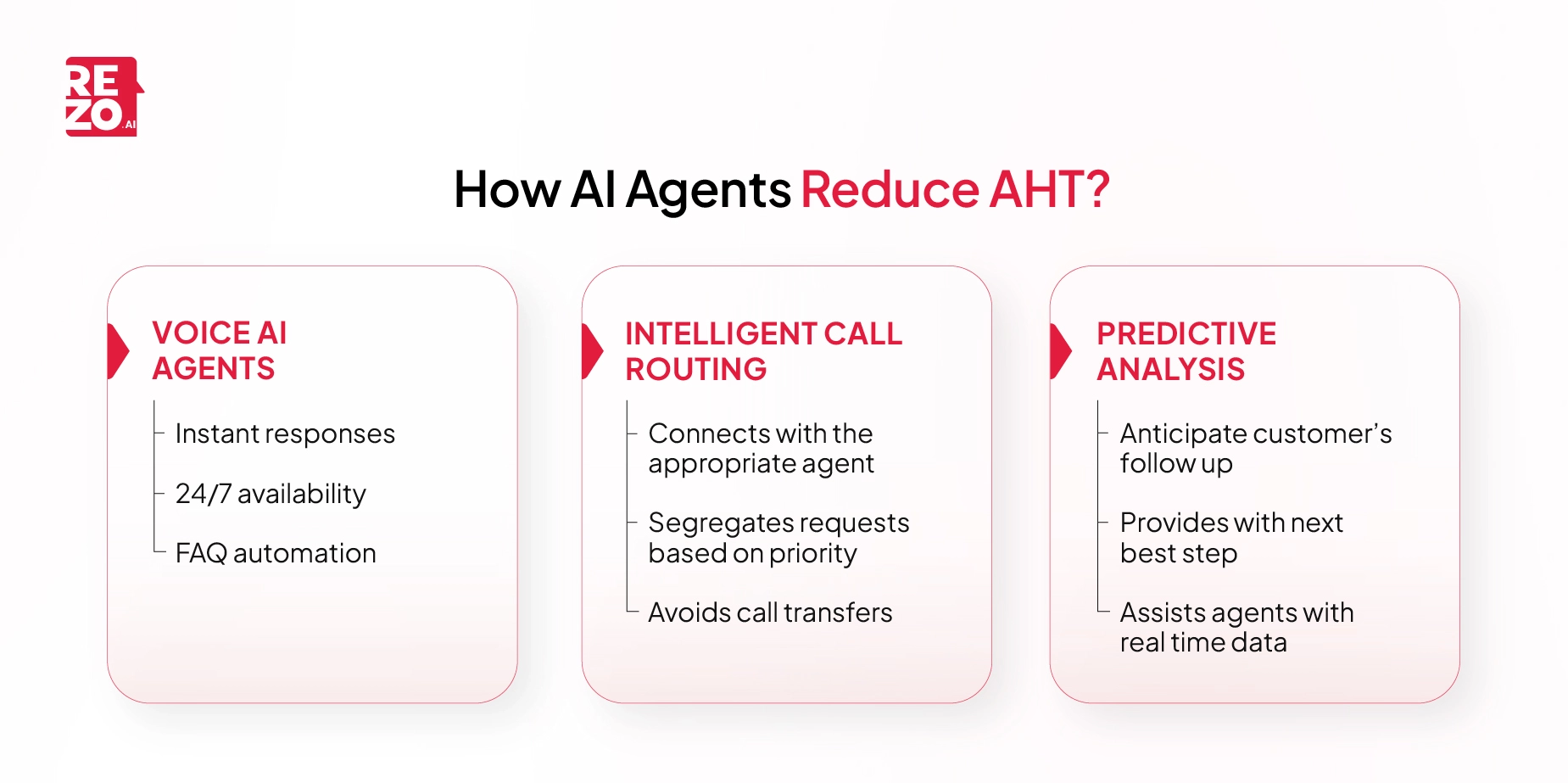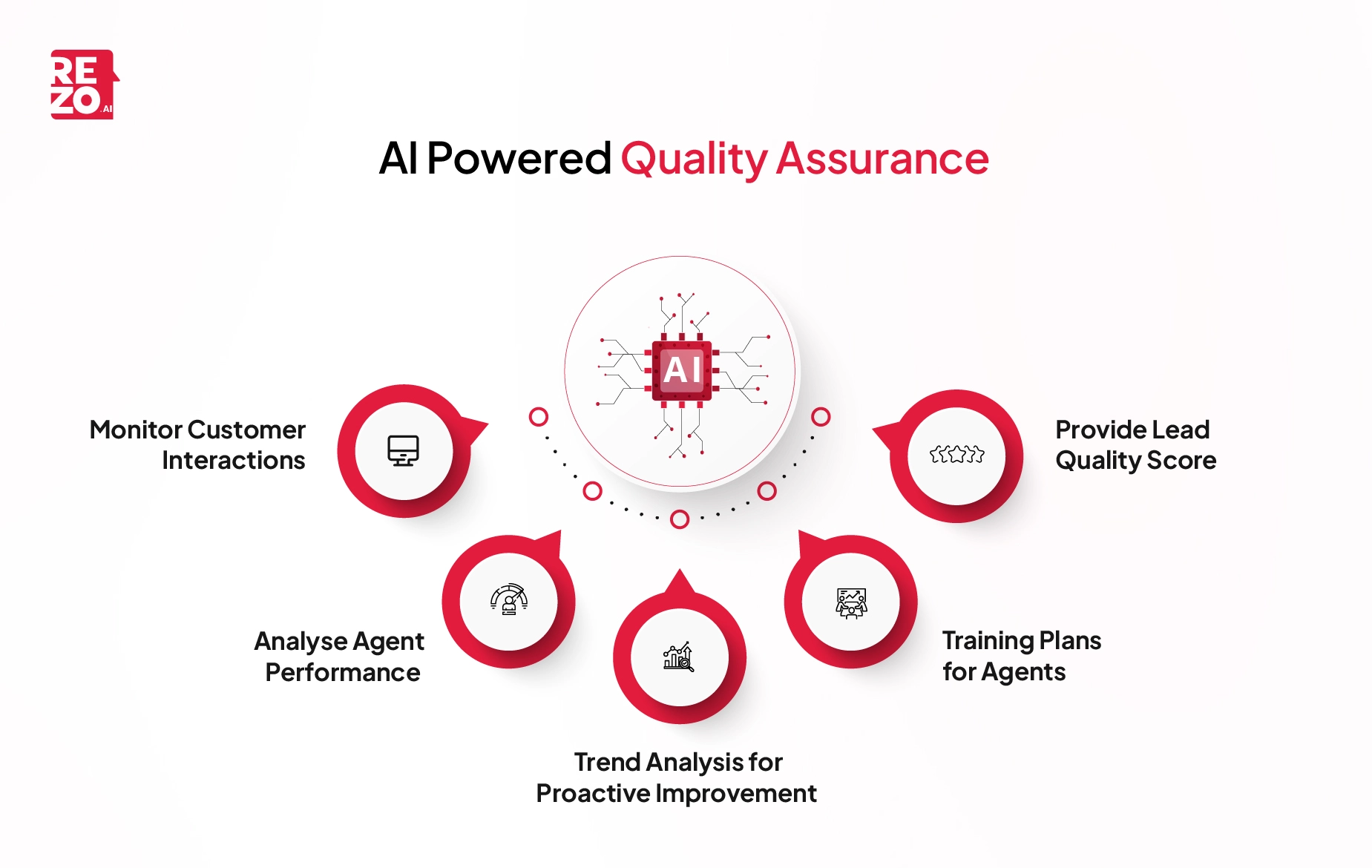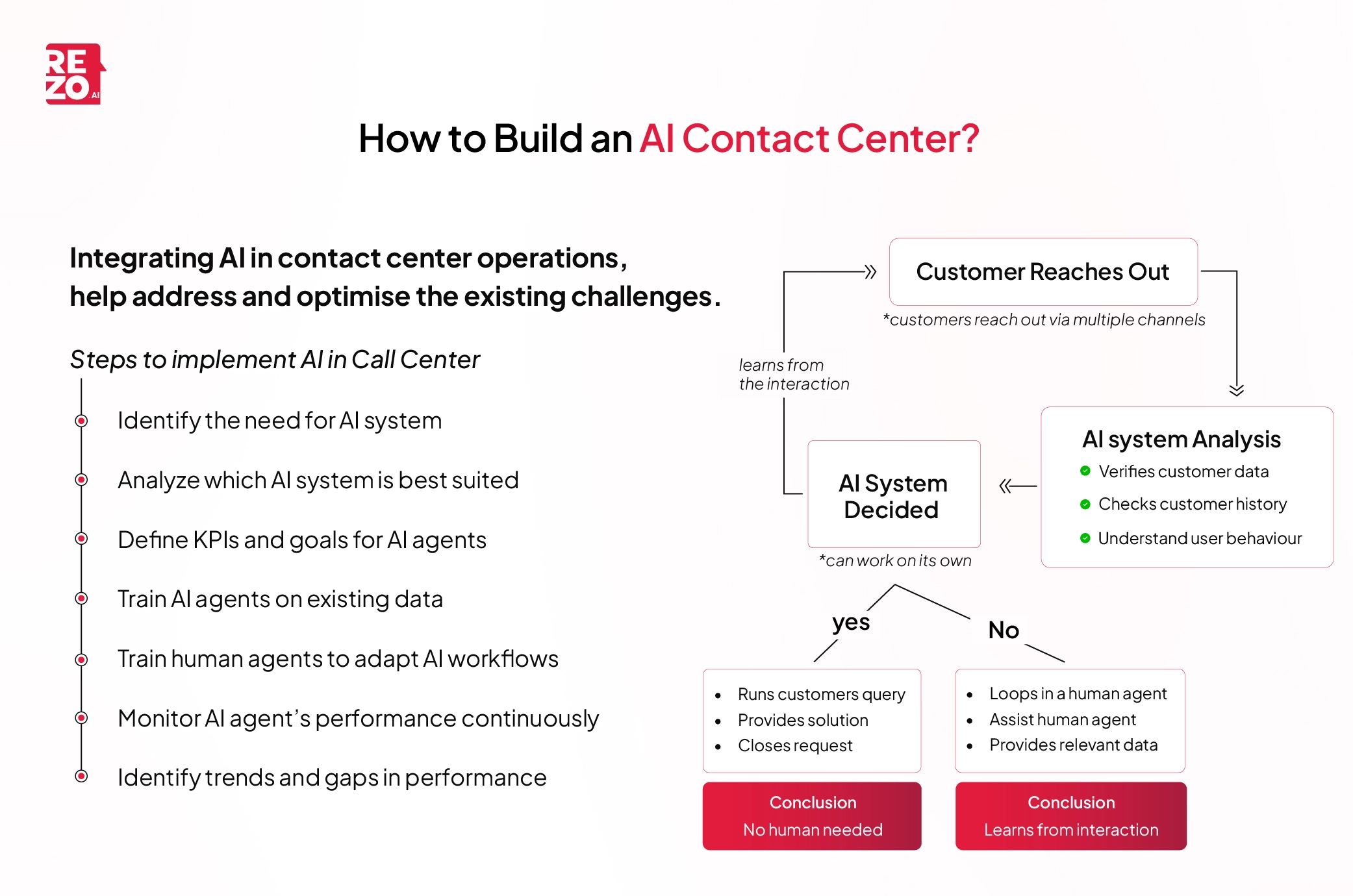
14 Call Center Challenges and How to Solve Them?

14 Call Center Challenges and How to Solve Them?


Traditionally, customers interact with businesses primarily through call centers, reaching out by phone to seek support, information, or resolution for their queries. With advancements in technology and the emergence of diverse communication channels, organizations have evolved from call centers to contact centers.
Contact centers today serve as the strategic frontline where customers engage directly with brands to inquire about products, resolve issues, and receive personalized support from skilled agents. By seamlessly connecting with customers across their preferred channels and delivering prompt, efficient assistance, contact centers significantly enhance customer satisfaction (CSAT) and elevate the overall customer experience (CX). In today’s fiercely competitive market, contact centers are indispensable in driving client retention and strengthening brand loyalty, empowering organizations to build lasting relationships and differentiate themselves through exceptional service.
What are the major Call Center challenges?
However, this does not diminish the reality that call centers are among the most stressful industries and must navigate obstacles that are both intricate and ever-changing, driven by rising customer expectations, the rapid pace of technological advancement, and fluctuating market dynamics. The pressure to balance high performance, customer satisfaction, and operational efficiency makes overcoming these hurdles an ongoing challenge for industry leaders. Let us examine some of the major call center challenges shaping the service landscape today:-
- High Attrition Rate
- Lower Customer Satisfaction
- Agent Training and Development
- High Call Volume
- Data Handling
- High Average Handling Time
- Multi-Channel Communication
- Low First Call Resolution
- Quality Assurance
- Data Security and Compliance Issues
- Agent Performance Tracking
- High Hold Time
- High Total Cost of Operations
- Customer Abandonment
Most Effective Call Center Solutions
Let’s explore the solutions to these major challenges and how Call Centers can effectively implement them to enhance operational efficiency and elevate customer satisfaction.
High Attrition Rate
According to recent industry data, call centers and contact centers face an average annual turnover rate of approximately 40 to 45 percent, with some organizations, particularly in high stress sectors, seeing rates that soar to 60 percent. High workplace pressure, performing routine tasks, and limited career advancement are leading causes why customer service agents end up leaving, rising the attrition rate.
Thus call center managers are routinely engaged in continuous recruitment to replenish their workforce. This cycle not only infaltes call center operation costs, but also distrupts overall performance of the team.
One effective way to combat high attrition is by integrating AI into the existing workforce. AI can automate routine customer inquiries, freeing up human agents’ time and enhancing job satisfaction. In addition, AI-powered virtual agents can provide real-time support to agents, helping to reduce stress levels and improve overall agent well-being.
Low Customer Satisfaction (CSAT)
Customers today expect a high level of service quality from the brands they engage with. Personalized, accurate, and swift responses are now the standard. However, when customer service teams are inundated with a high volume of queries, it becomes increasingly challenging for agents to maintain that desired level of quality.
Customer Service reps may struggle to provide instant answers, sometimes resorting to generic responses or placing customers on hold for extended periods. These setbacks not only lower customer satisfaction (CSAT) but also erode loyalty, as modern consumers are quick to switch brands after only a few disappointing experiences.
AI-driven customer service solutions play a key role in boosting CSAT scores. AI chatbots and voicebots can be seamlessly integrated with existing systems to automate routine tasks and deliver instant responses to customers. Advanced AI platforms, such as Agentic AI, can even analyze a customer’s tone and pitch to determine their emotional state identifying whether they are becoming frustrated or satisfied and adapt accordingly. Based on this analysis, the AI can either escalate the interaction to an experienced human agent or offer additional solutions to resolve the issue efficiently. Thus providing a highly personalized customer experience.

Agent Training and Development
Frequent hiring is a hallmark of the call center industry, driven by the need to replace departing agents or scale up for rising customer interactions. This constant churn forces call centers to invest heavily in recruiting and training new staff. Not only does this elevate operational costs, but there is also a significant loss of productivity during the hiring and upskilling phases.
Training a new agent can take anywhere from a week to over a month, with more complex roles demanding even longer training periods, sometimes up to six weeks or more for agents dealing with specialized or complicated queries. During this transition, existing employees are often required to handle higher customer volumes, resulting in stretched resources and a potential dip in service quality. Additionally, newer agents may not match the customer conversation standards of their predecessors, potentially impacting the customer experience.
AI-driven solutions can help automate agent training by creating personalized and adaptive learning experiences. Based on each agent’s profile and skillset, AI can design targeted coaching plans that prepare them for a wide range of complex customer scenarios. This not only enhances training effectiveness but also reduces overall contact center costs, as organizations can minimize the need for dedicated trainers and expensive software solutions. Furthermore, by improving job satisfaction and reducing stress, AI contributes to lower attrition rates, decreasing the need for constant rehiring.
High Call Volume
Contact centers often grapple with high call volumes, receiving more calls in a day than their workforce can realistically manage. These spikes are typically caused by peak seasons, new product launches, promotional campaigns, or sudden technical and operational failures that prompt customers to reach out in large numbers.
High call volume leads to longer wait times for customers, increased frustration for agents, and diminished overall customer satisfaction. As customers are put on hold or unable to get their issues resolved promptly, the brand’s reputation suffers and the risk of losing valuable customers becomes a genuine concern.
AI integrated systems can significantly reduce high call volumes in contact centers. AI-powered voicebots and chatbots efficiently handle routine inquiries, freeing human agents to focus on more complex issues. Intelligent IVR systems, backed by Agentic AI, can analyze customer behavior and adapt their responses accordingly. Additionally, AI-based call routing can assess a customer’s needs in real time and connect them to the most suitable customer representative. Agent-assist tools that provide agents with instant guidance and real time assistance further streamline interactions, collectively helping to alleviate the high call volume challenge.
Data Handling
One of the biggest challenges contact centers face today is managing the massive volume of customer data generated across multiple touchpoints. With information flowing in from phone calls, chats, emails, and social media, maintaining and consolidating these data streams has become increasingly complex. As a result, data often becomes siloed across different systems or departments, breaking the continuity of the customer journey and disrupting seamless service delivery.
Legacy systems further compound this challenge, as they often lack the capability to analyze or unify data effectively. Many still rely on manual processes that increase agent workload or require additional staff dedicated to data management and analysis. These inefficiencies drive up operational costs and hinder the ability to deliver personalized, consistent customer experiences.
Integrating AI with customer databases can address these challenges by creating a unified and intelligent data ecosystem. Agentic AI–powered automation can consolidate data from every channel into a centralized repository, building dynamic customer profiles based on interaction history. These profiles enable more relevant and contextual interactions, enhancing the overall customer experience. Additionally, AI tools can segment and interpret customer data for targeted marketing campaigns, reducing manual effort and freeing agents to focus on higher-value tasks.
High Average Handling Time
High average handling time (AHT) in customer interactions often points to deeper issues with agent training, knowledge management, or system integration. Agents may spend too long searching for information or juggling multiple applications, especially if workflows rely on manual processes or aren’t well optimized.
This reduces the Contact Center's overall capacity, increases wait times, and leaves agents feeling fatigued, making it harder to consistently deliver quality service. When high AHT persists, productivity drops and satisfaction declines for customers and contact center team.
Contact Center AI platforms can help overcome these challenges. Solutions powered by Generative AI in chatbots, and voicebots can automate a large share of repetitive queries, freeing up agents to focus on more complex issues. These platforms also provide real-time assistance during customer interactions, instantly surfacing relevant information and supporting agents as they work. The result is faster, more efficient calls and a boost in both customer and agent satisfaction.

Multi-Channel Communication
With advancements in digital technology, the number of communication channels available to customers has greatly increased, allowing them to reach out to businesses through phone, email, chat, social media, and more. While this provides convenience for customers, it introduces significant challenges for contact centers. Agents often lack access to a customer's previous interactions on other channels, forcing the customer to repeat information and increasing resolution times. When different agents manage different channels, customers may receive inconsistent responses, leading to additional frustration and a fragmented experience.
For contact centers, managing multiple channels is also costly. They need to invest in various tools and platforms, as well as hire specialized agents for each channel, which increases operational expenses. On top of this, the data from each channel often remains segregated, creating siloed customer views and making it harder to deliver a unified and personalized experience across all touchpoints.
AI-powered customer automation enables a true omnichannel experience by allowing agents to maintain context across every customer touchpoint, ensuring seamless and consistent interactions. When integrated with CRM platforms, AI can keep track of all customer interactions in one place, making personalization much easier. Automated replies from chatbots help lighten the agents’ workload so contact centers don’t have to expand their teams with every new channel. Plus, advanced AI systems can centralize data from all channels, breaking down silos and enabling a unified view of the customer journey.
Low First Call Resolution
A low first call resolution (FCR) rate means customers are having to contact the business multiple times to get their issues resolved, leading to frustration and lower satisfaction. Often, this happens because newer or less experienced agents struggle with complex queries and need extra time to understand the problem or consult manuals, which prolongs the call. When customers have to reach out more than once for answers, their satisfaction drops significantly.
In today’s fast-paced environment, customers expect quick and efficient solutions, and they won’t hesitate to switch to brands that can deliver them.
AI-based call support can significantly improve FCR rates. Intelligent systems automate many aspects of contact center operations, from AI-driven call routing to providing agents with real-time access to customer data, product information, and suggested next steps. When integrated with CRM systems, AI also lets agents view a customer’s history instantly to offer accurate solutions on the first call. All of this means fewer repeat contacts, faster resolutions, and enhance customer interactions.
Quality Assurance
Maintaining consistently high service quality can be tough for contact centers, especially when agent experience and skill levels vary widely. Traditional quality assurance tools like call monitoring, knowledge tests, and feedback cycles are often sporadic or underfunded. Without strong quality control in place, differences in how agents handle calls can lead to inconsistent customer experiences, incomplete issue resolution, and lower satisfaction scores.
These challenges only get worse when agents are overworked, lack sufficient training, or don’t have up-to-date resources posing a real risk to customer loyalty.
Automating quality assurance can transform this process. AI-enabled systems analyze every customer interaction and give managers a detailed view of each agent’s performance. Advanced models can track individual agent metrics, score their performance, and quickly identify who needs more support or additional training and who’s excelling in their role. This approach helps raise overall quality standards and ensures a more consistent experience for every customer.

Data Security and Compliance Issues
As contact centers handle growing volumes of sensitive customer information, the risk of security breaches and compliance failures is on the rise. Many centers still operate with legacy platforms that lack modern security features, making them susceptible to unauthorized access, data leaks, and regulatory violations.
Staying compliant with industry standards like GDPR, PCI DSS, or local data laws means regular investments in technology upgrades and ongoing staff training. The consequences of falling behind can be severe, costly legal penalties and lasting reputational damage that erodes customer trust.
AI-powered data protection and compliance monitoring systems offer a stronger defense. They can automatically detect, flag, and prevent unauthorized access or data anomalies in real time. Advanced AI models, such as Agentic AI, continuously monitor user behavior to spot potential breaches and enforce regulatory compliance through automated audits, encryption protocols, and intelligent access controls. By reducing the margin for human error and strengthening overall data security, these technologies safeguard sensitive information and help build lasting customer confidence.
Agent Performance Measurement
Accurately measuring agent performance can be a real challenge for contact centers, especially when workflows are fragmented and reporting systems aren’t consistent. Without a centralized dashboard, it’s tough to track critical metrics like response times, first call resolution rates, and customer satisfaction scores. This lack of visibility makes it difficult to recognize top performers, support agents who need coaching, and maintain the right incentives. When performance management falls short, staff motivation drops and service levels suffer.
AI-integrated analytics transform this process by providing real-time performance reporting for every agent. These systems can pinpoint skill gaps, track improvement metrics, and even analyze customer sentiment during interactions. With robust, data-driven insights, contact centers can optimize workforce management, deliver targeted training where it’s needed, and give agents immediate feedback to support their growth. The result is a more engaged team, better motivation, and consistently high-quality service.
High Hold Time
Prolonged hold times can quickly test customers’ patience and impact their overall experience. High call volumes, inadequate staffing, or inefficient call routing are common culprits that leave customers waiting sometimes for several minutes or longer. The result: negative emotions, increased call abandonment rates, more complaints, and lower satisfaction scores. For agents, dealing with frustrated callers day after day often leads to burnout, making it even harder to maintain quality service.
AI agents can dramatically reduce hold times. These Call Center AI agents can autonomously handle repetitive queries, managing call volumes and freeing up human agents to focus on complex interactions. With real-time agent assist tools, agents gain immediate access to the information they need, eliminating the need to hunt through systems and speeding up each call. The end result is a better customer experience, higher CSAT scores, and reduced agent burnout.
High Total Cost of Operations (TCO)
Contact centers often operate on tight budgets, yet must continually invest in recruitment, onboarding, and frequent training because of ongoing agent turnover. Managing a workforce across multiple channels and platforms adds complexity, requiring advanced infrastructure, new technologies, and regular upgrades all of which drive up operational costs. When unexpected spikes in call volume or new service offerings arise, centers must spend even more on overtime or extra staff, making cost control a constant struggle.
AI agents offer a smart way to reduce these expenses. By optimizing workforce management, streamlining processes, and automating repetitive tasks, intelligent voice bots and chatbots can handle a large share of customer queries reducing reliance on human agents. AI systems also automate agent training, making onboarding faster and less costly. Altogether, these AI-powered tools help call centers improve efficiency, scale up resources seamlessly, and achieve greater cost savings.
Client Abandonment
Frequent client abandonment happens when customers disconnect before speaking with an agent or resolving their issue. Often, it’s caused by long wait times, impersonal or unhelpful responses, or difficulties handling complex problems. High abandonment rates signal real operational challenges and unmet customer needs, they lead directly to revenue loss, more customer churn, and extra investment just to win back lost clients or rebuild trust.
Integrating AI solutions into contact center operations helps address these obstacles head-on. With AI agents, customers receive hyper-personalized interactions that deliver instant responses and accurate guidance. AI also ensures support resources are easily accessible, helping resolve questions quickly and efficiently. Together, these improvements enhance every customer interaction, reduce abandonment rates, and build stronger brand loyalty.
How to Integrate AI in Call Center?
Artificial intelligence is shaping the future of call center operations. While the idea of setting up an AI-driven contact center can seem overwhelming at first, it’s not something to worry about. With the right plan in place, integrating AI is surprisingly straightforward and can be achieved smoothly.
Define Objectives
Before starting with AI implementation, call centers should take time to assess and analyze the specific challenges they want AI to address. Whether that’s delivering more personalized responses or automating quality assurance. Setting clear objectives makes it much easier to track key performance indicators and measure return on investment.
Select the Appropriate AI tools
Once you’ve set your objectives, the next step is choosing the AI agents that best fit your needs. Look for features like natural language processing, advanced machine learning, and seamless CRM integration. It's smart to opt for flexible, advanced AI models that can handle a wide variety of tasks as your contact center grows.
Integrate with Existing System
Next, connect your AI system to existing platforms like CRM, help desk, and support tools. Make sure your virtual agents are trained on current customer behavior data, company policies, product or service details, and FAQs. This way, they can provide context-aware, personalized responses. It’s also important to prepare your current employees to adapt smoothly to new AI-powered workflows.
Monitor AI System
After your AI system is up and running, it’s important for managers to review the business outcomes it’s delivering. Identify trends in response times and customer behavior, monitor continuous improvements in your virtual agents, and assess whether these changes are contributing to your revenue growth goals.

Frequently Asked Questions
What is a Call Center Solution?
Call Center Solutions help business manage customer interactions across all channels effectively.
How is AI used in Call Centers?
AI enhances customer service experience with virutal agents that can understand customer behavior, provide instant solutions and reduce workload on agents.
How can help Customer Service Agents?
Customer Service Agents can utilise AI to automate routine tasks, help with knowledge management, provide customers with hyper-personalized interactions, identify customer intent and troubleshoot technical difficulties.
Frequently Asked Questions (FAQs)

Take the leap towards innovation with Rezo.ai
Get started now














